Home>Technology>Home Entertainment Systems>What Is A Home Theater System
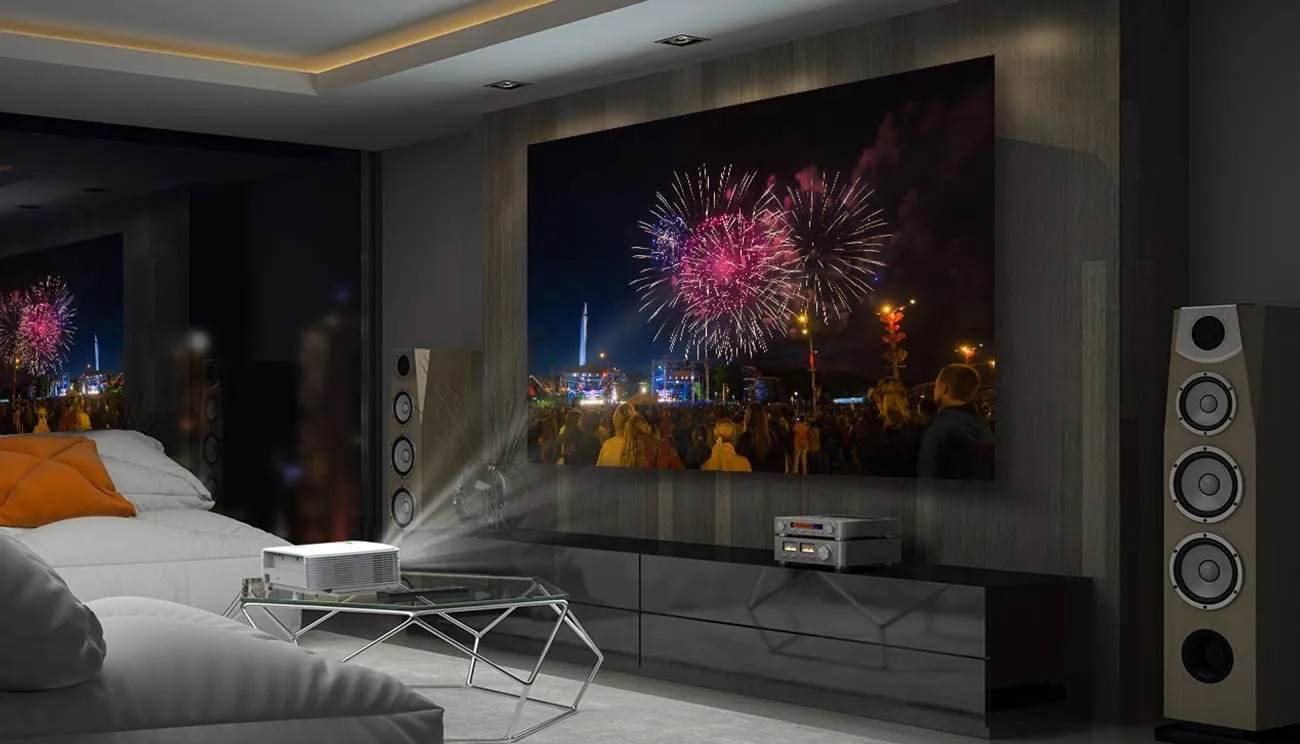

Home Entertainment Systems
What Is A Home Theater System
Published: February 15, 2024
Discover the ultimate in home entertainment systems with our comprehensive guide to home theater systems. Learn about the latest technology and how to create your own immersive home theater experience.
(Many of the links in this article redirect to a specific reviewed product. Your purchase of these products through affiliate links helps to generate commission for Storables.com, at no extra cost. Learn more)
Introduction
Welcome to the immersive world of home theater systems! Imagine being enveloped in the captivating audio and visual experience of a movie theater, right in the comfort of your own home. A home theater system is designed to do just that – transport you into a realm of cinematic bliss, where every sound and image comes to life with stunning clarity and depth.
In today's fast-paced world, where entertainment plays a pivotal role in our lives, having a home theater system offers a remarkable way to unwind and indulge in the latest blockbusters, timeless classics, or thrilling video games. It's not just about watching; it's about experiencing every moment as if you were part of the action.
With advancements in technology, home theater systems have evolved to deliver an unparalleled audio-visual extravaganza. From high-definition displays to immersive surround sound, these systems are engineered to elevate your entertainment experience to new heights. Whether you're a movie enthusiast, a gaming aficionado, or a music lover, a home theater system can cater to your diverse entertainment preferences with remarkable finesse.
In this comprehensive guide, we will delve into the intricacies of home theater systems, exploring the components that make up these setups, providing insights on choosing the right system for your needs, and offering tips for setting up and optimizing your home theater experience. By the end of this journey, you will be equipped with the knowledge to transform your living space into a captivating entertainment hub, where every viewing or gaming session becomes an unforgettable adventure.
So, fasten your seatbelts and get ready to embark on an exhilarating exploration of home theater systems. Whether you're a seasoned enthusiast or a newcomer to the world of home entertainment, there's something extraordinary waiting for you in the realm of home theater systems. Let's dive in and discover the magic that awaits!
Key Takeaways:
- Transform your living space into a captivating entertainment hub with a home theater system. Immerse yourself in cinematic bliss and elevate your viewing and gaming experiences to new heights.
- Choose the right home theater system by considering room size, display technology, audio preferences, connectivity, budget, and personalized features. Create an entertainment haven that seamlessly integrates with your lifestyle.
Read more: What Is A Home Theater Receiver
Components of a Home Theater System
A home theater system comprises several key components that work in harmony to deliver an immersive audio-visual experience. Understanding these components is essential for creating a captivating entertainment environment within your home. Let's explore the fundamental elements that constitute a home theater system:
1. Television or Projector:
The centerpiece of any home theater system is the display. You have the option of choosing a high-definition television or a projector, depending on your preferences and available space. Modern televisions offer stunning picture quality, with features such as 4K resolution, HDR (High Dynamic Range), and OLED technology, providing vibrant colors and deep contrasts. On the other hand, projectors can create a cinematic experience by displaying large, high-definition images on a screen or a blank wall.
2. Audio System:
The audio system is a crucial component that enhances the immersive nature of a home theater setup. It typically includes a combination of speakers, a subwoofer, and an audio receiver. Surround sound systems, such as 5.1 or 7.1 setups, create a multidimensional audio experience, enveloping the viewer in a 360-degree sonic environment. The subwoofer adds depth to the sound, delivering powerful low-frequency effects that intensify the impact of explosions, music, and other audio elements.
3. Media Sources:
To enjoy a wide range of content, you'll need media sources such as a Blu-ray player, streaming device, gaming console, or a dedicated media server. These devices allow you to access movies, TV shows, music, and games, providing endless entertainment options for your home theater system.
Read more: What Is A Home Theater Display
4. Amplifier or Receiver:
An amplifier or receiver serves as the central hub for connecting and controlling the audio and video components of your home theater system. It amplifies audio signals and distributes them to the speakers, ensuring optimal sound quality and synchronization.
5. Comfortable Seating:
While not a technical component, comfortable seating is an essential part of the home theater experience. Whether it's a plush sofa, reclining chairs, or dedicated theater-style seating, the right furniture can elevate your comfort and enjoyment during extended viewing sessions.
6. Lighting and Acoustic Treatments:
Proper lighting and acoustic treatments contribute to the overall ambiance of your home theater. Dimmable lights, LED strips, and acoustic panels can enhance the visual and auditory aspects of your viewing environment, creating a more immersive and enjoyable experience.
Understanding these components is the first step towards creating a personalized home theater system that caters to your entertainment preferences. Each element plays a vital role in shaping the overall experience, and by carefully selecting and integrating these components, you can transform your living space into a captivating entertainment haven.
Choosing the Right Home Theater System
Selecting the right home theater system is a pivotal decision that can significantly impact your entertainment experience. With a myriad of options available in the market, it's essential to consider several factors to ensure that the chosen system aligns with your preferences and complements your living space.
1. Room Size and Layout:
The dimensions and layout of your room play a crucial role in determining the type of home theater system that would be most suitable. For smaller spaces, a compact soundbar or a 2.1 speaker setup might be sufficient, while larger rooms may benefit from a full-fledged 5.1 or 7.1 surround sound system. Additionally, the placement of furniture, windows, and other architectural elements should be taken into account to optimize the audio-visual experience.
2. Display Technology:
When it comes to the display, consider factors such as screen size, resolution, and display technology. For a truly immersive experience, a 4K Ultra HD television or a high-quality projector with a large screen can elevate your viewing pleasure. Features like HDR (High Dynamic Range) and OLED technology enhance the visual depth and color accuracy, bringing your favorite movies and games to life with stunning realism.
3. Audio Preferences:
Understanding your audio preferences is essential for choosing the right sound system. If you prioritize crisp dialogue and minimal clutter, a soundbar or a 2.1 speaker setup might suffice. However, for a more enveloping and dynamic audio experience, a multi-channel surround sound system with dedicated speakers and a subwoofer can deliver an immersive sonic environment, ideal for action-packed movies and gaming.
4. Connectivity and Compatibility:
Ensure that the home theater system you choose is compatible with your existing media sources and devices. Whether it's a Blu-ray player, gaming console, streaming device, or media server, seamless connectivity and compatibility with various input sources are essential for a versatile and hassle-free entertainment setup.
Read more: What Is The Best Home Theater Receiver
5. Budget and Future Upgradability:
Establishing a budget for your home theater system is crucial, as it helps narrow down the options and prevents overspending. While it's important to invest in quality components, consider the potential for future upgrades and expansions. Opting for a modular system that allows for incremental upgrades can be beneficial, ensuring that your home theater setup can evolve alongside advancements in technology.
6. Personalized Features and Aesthetics:
Consider any personalized features or aesthetic preferences that align with your vision for the home theater setup. Whether it's wireless connectivity, voice control, sleek design elements, or specific color schemes, these personalized touches can enhance the overall appeal and functionality of your home theater system.
By carefully evaluating these factors and understanding your unique entertainment needs, you can make an informed decision when choosing the right home theater system. Whether you prioritize stunning visuals, immersive audio, or seamless connectivity, the perfect home theater system is the one that seamlessly integrates with your lifestyle and brings your entertainment fantasies to life.
Setting Up Your Home Theater System
Setting up your home theater system is an exciting endeavor that involves transforming your living space into a captivating entertainment hub. Whether you're a seasoned enthusiast or a newcomer to the world of home entertainment, the process of setting up your home theater system requires careful planning and attention to detail. Here's a comprehensive guide to help you navigate through the setup process and create an immersive audio-visual environment that elevates your viewing and gaming experiences.
1. Room Preparation:
Before diving into the technical aspects of setting up your home theater system, it's essential to prepare the room where the system will be installed. Clear the space of any clutter, ensure adequate ventilation, and consider the placement of furniture to optimize seating positions and acoustic properties. Additionally, if the room has windows, consider using blackout curtains or shades to control natural light and minimize glare on the display.
2. Display Installation:
If you're using a television, carefully mount it on the wall or place it on a sturdy stand, ensuring that it is positioned at an optimal viewing height and angle. For projector setups, install the projector on the ceiling or a dedicated mount, and align it with the projection screen to achieve a clear and centered image. Calibrate the display settings to maximize picture quality and adjust the color, brightness, and contrast levels according to your preferences.
3. Audio System Setup:
Position the speakers strategically to create an immersive surround sound experience. For a 5.1 surround sound system, place the front left, front right, and center speakers near the television or screen, while positioning the rear left and rear right speakers behind the seating area. The subwoofer can be placed anywhere in the room to distribute low-frequency effects evenly. Ensure that the speakers are securely mounted or placed on stable surfaces to prevent vibrations or movement during operation.
4. Connectivity and Calibration:
Connect the audio and video components of your home theater system to the amplifier or receiver using high-quality cables. Ensure that the connections are secure and that the devices are compatible with each other. Once connected, calibrate the audio system using the built-in calibration tools or dedicated calibration discs to optimize speaker levels, distances, and audio settings for a balanced and immersive soundstage.
5. Media Sources and Control:
Connect your media sources, such as Blu-ray players, gaming consoles, streaming devices, and media servers, to the audio-video receiver or directly to the display. Use HDMI or optical cables for high-definition audio and video transmission. Set up a universal remote control or a smart home automation system to streamline the operation of multiple devices, allowing for seamless control of your home theater system with minimal effort.
Read more: What To Look For In A Home Theater Projector
6. Lighting and Acoustic Enhancements:
Enhance the ambiance of your home theater by incorporating dimmable LED lights, ambient lighting, or LED strips to create a visually appealing environment. Consider adding acoustic panels or sound-absorbing materials to minimize echoes and improve sound clarity within the room. Experiment with different lighting and acoustic treatments to find the perfect balance that complements your viewing and gaming experiences.
By following these steps and paying attention to the details, you can set up your home theater system with precision and finesse, creating an entertainment space that captivates your senses and immerses you in the magic of cinema and gaming. With the right setup, every viewing session becomes an unforgettable adventure, and every gaming experience becomes a journey into uncharted realms of excitement and immersion.
Tips for Enhancing Your Home Theater Experience
-
Optimize Audio Calibration: Take advantage of the built-in audio calibration tools or dedicated calibration discs to fine-tune the audio settings of your home theater system. Adjust speaker levels, distances, and equalization to achieve a balanced and immersive soundstage that complements various types of content, from action-packed blockbusters to soul-stirring musical performances.
-
Explore Surround Sound Modes: Experiment with different surround sound modes offered by your audio receiver or sound system. Whether it's Dolby Atmos, DTS:X, or other proprietary audio technologies, these modes can add a new dimension to your viewing experience by creating a three-dimensional audio environment that places you at the center of the action, with sound effects emanating from all directions.
-
Customize Display Settings: Dive into the display settings of your television or projector to customize the visual parameters according to your preferences. Adjust brightness, contrast, color temperature, and motion settings to optimize picture quality for different types of content. Additionally, consider enabling features such as motion smoothing or dynamic contrast to enhance the clarity and smoothness of fast-paced action scenes.
-
Incorporate Smart Lighting Control: Integrate smart lighting control systems into your home theater setup to create dynamic lighting effects that synchronize with the on-screen action. Dim the lights during intense movie sequences, adjust the color temperature to match the mood of the content, and create a cinematic ambiance that enhances the overall viewing experience.
-
Invest in Quality Seating: Upgrade your seating arrangement to include comfortable and ergonomic furniture that enhances your comfort during extended viewing sessions. Whether it's a luxurious recliner, a cozy sectional sofa, or dedicated theater-style seating, investing in quality seating can elevate your relaxation and enjoyment while immersing yourself in the world of entertainment.
-
Fine-Tune Acoustic Treatments: Experiment with acoustic panels, sound-absorbing materials, and room treatments to fine-tune the acoustics of your home theater space. By minimizing echoes, reducing sound reflections, and optimizing the room's acoustic properties, you can achieve a more immersive and balanced audio experience that brings out the nuances of dialogue, music, and sound effects.
-
Create a Media Library: Build a comprehensive media library that caters to your diverse entertainment preferences. Whether it's a collection of Blu-ray discs, a digital library of high-definition movies, or a curated selection of music and games, having a diverse media library ensures that you always have captivating content at your fingertips, ready to be enjoyed on your home theater system.
-
Stay Updated with Firmware and Software: Regularly update the firmware and software of your audio-video components to ensure optimal performance and access to the latest features. Firmware updates for audio receivers, streaming devices, and gaming consoles can enhance compatibility, improve audio processing, and introduce new functionalities that enrich your home theater experience.
By implementing these tips, you can elevate your home theater experience to new heights, creating an entertainment environment that captivates your senses and immerses you in the magic of cinema, gaming, and audio-visual indulgence.
Frequently Asked Questions about What Is A Home Theater System
Was this page helpful?
At Storables.com, we guarantee accurate and reliable information. Our content, validated by Expert Board Contributors, is crafted following stringent Editorial Policies. We're committed to providing you with well-researched, expert-backed insights for all your informational needs.
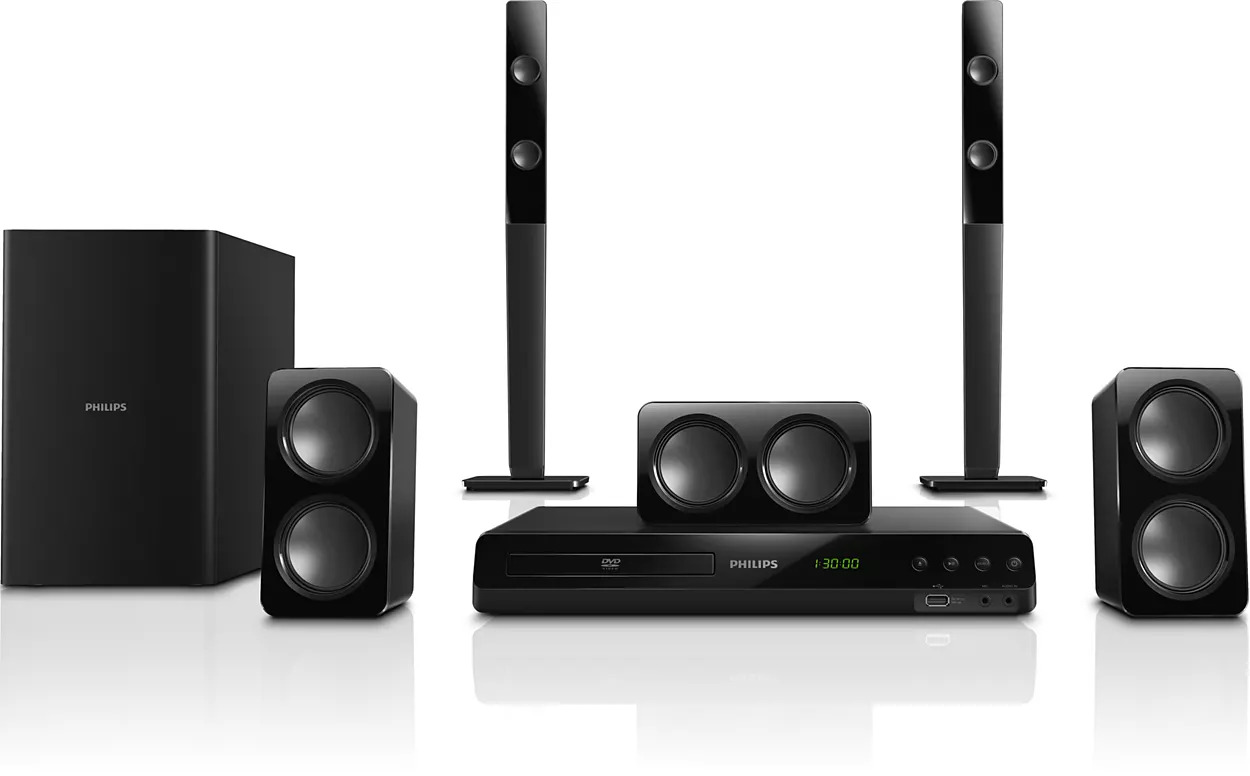

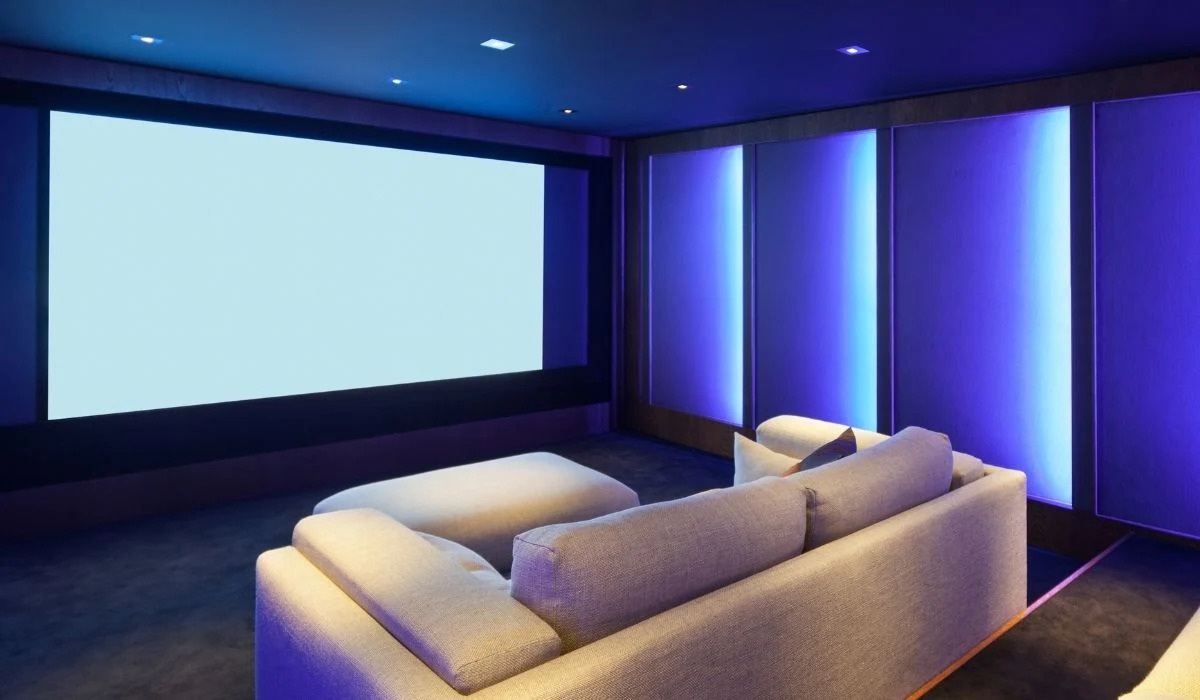
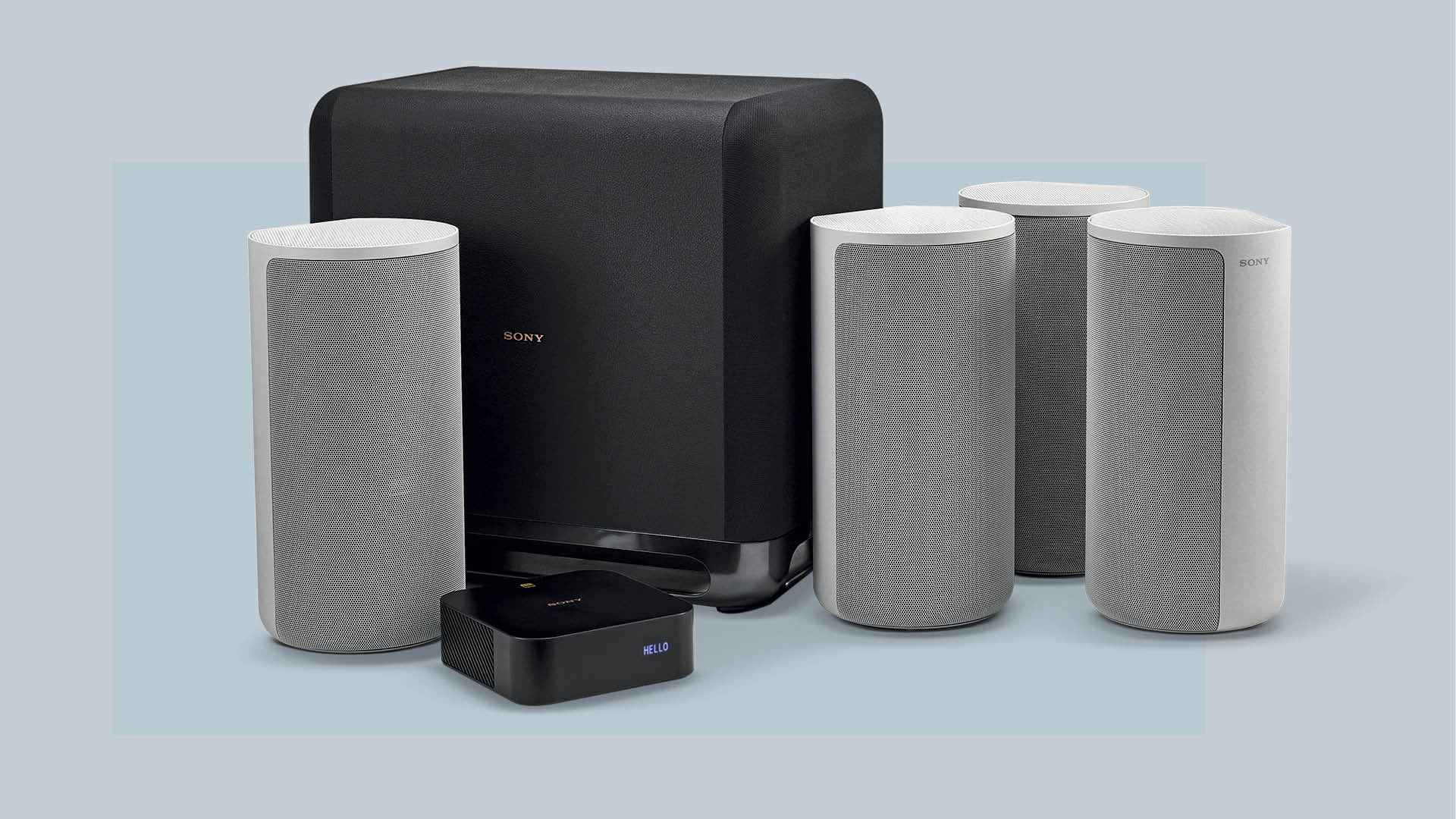
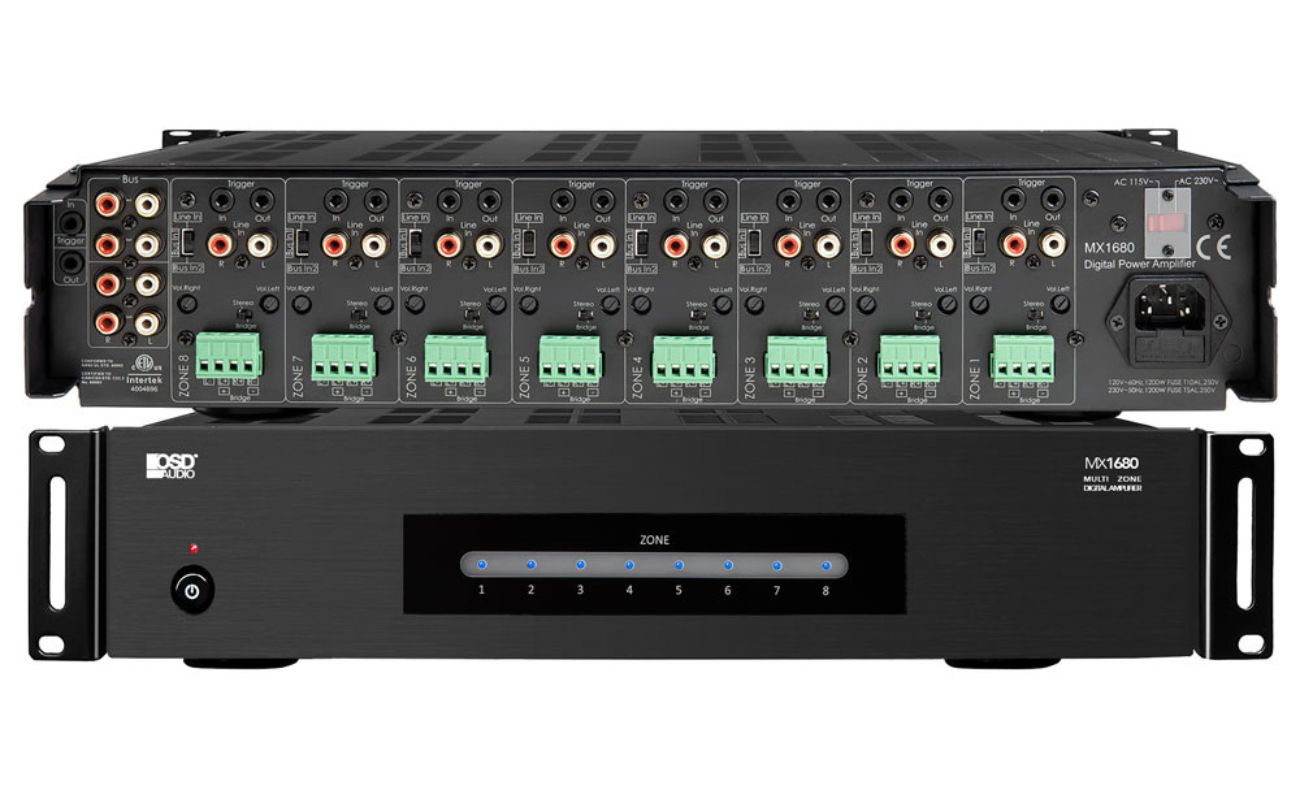

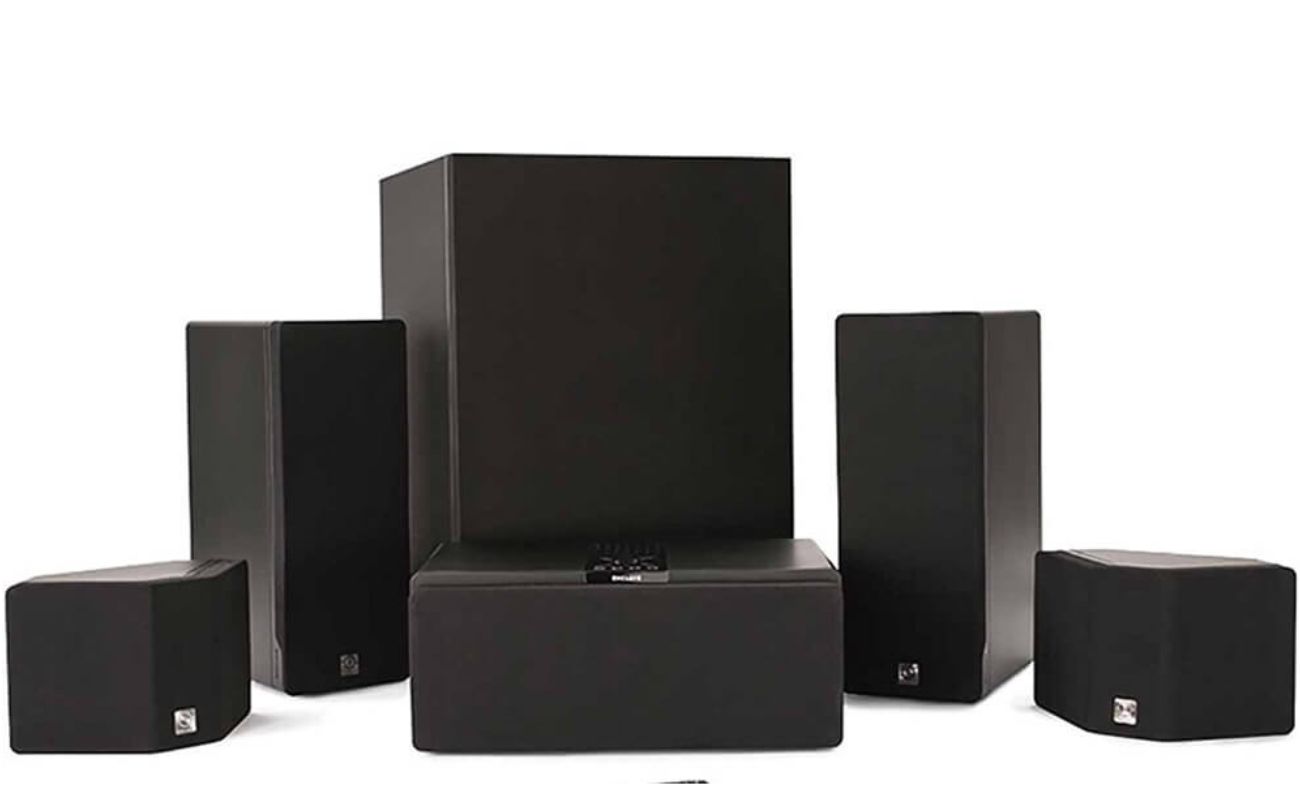
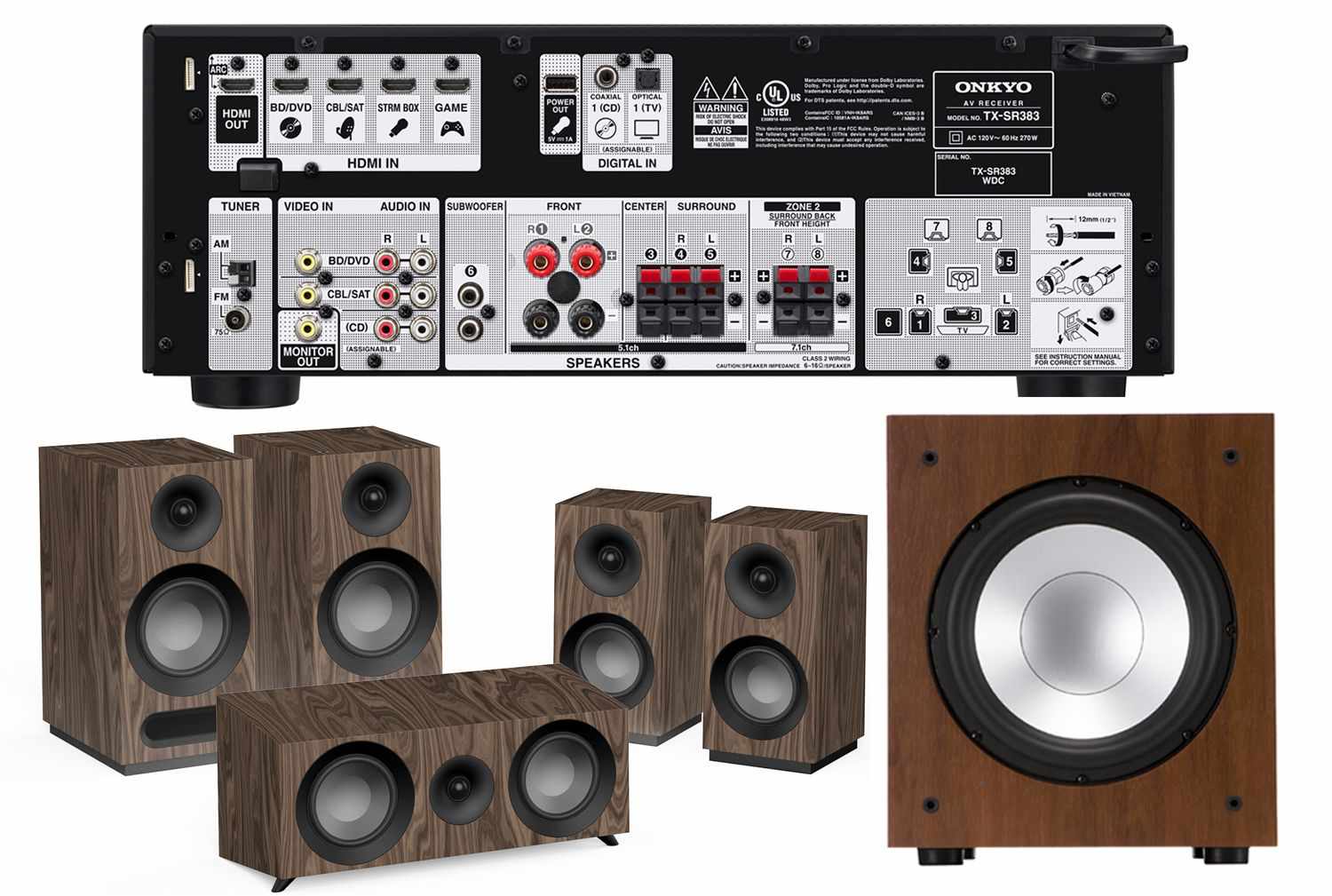

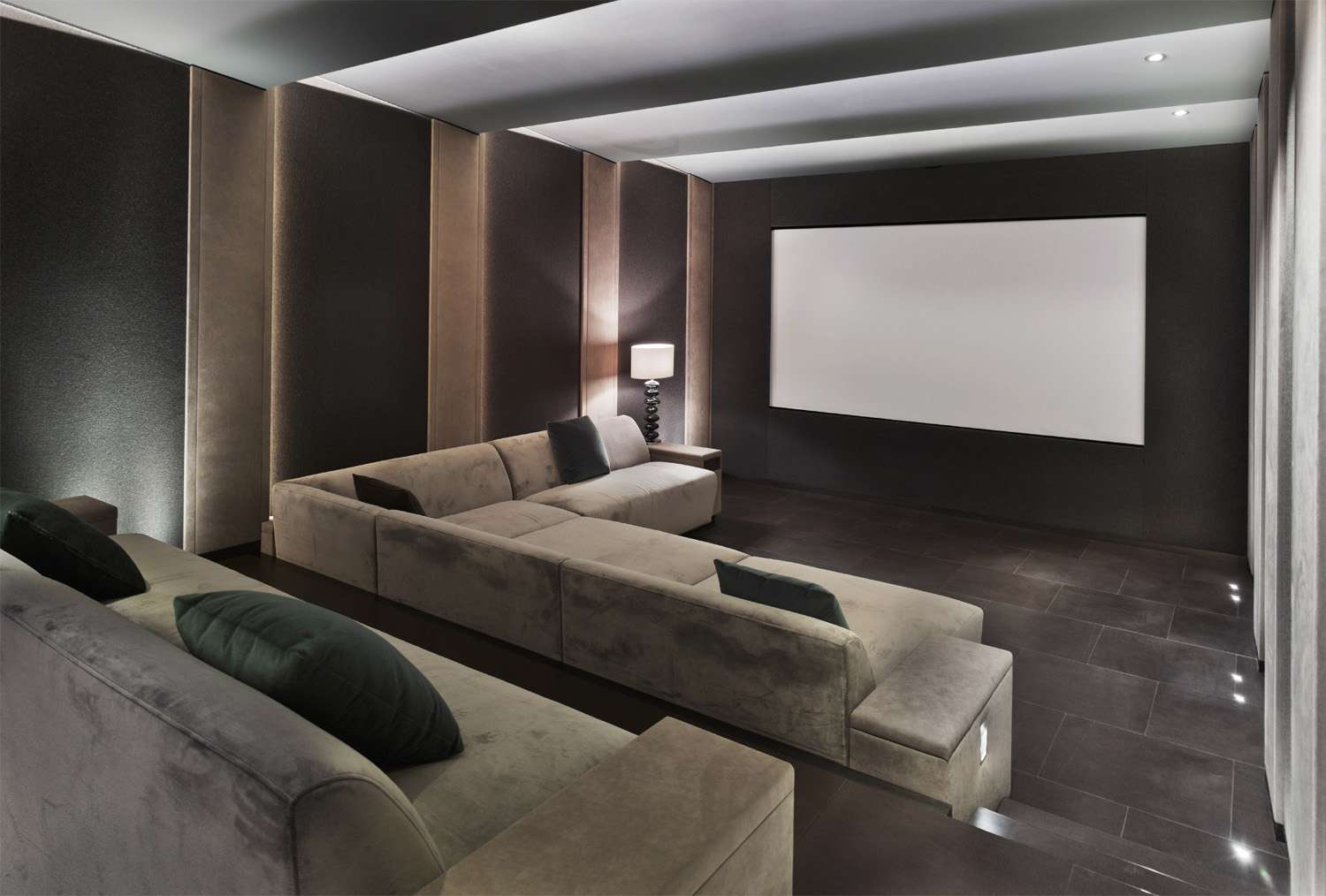

0 thoughts on “What Is A Home Theater System”